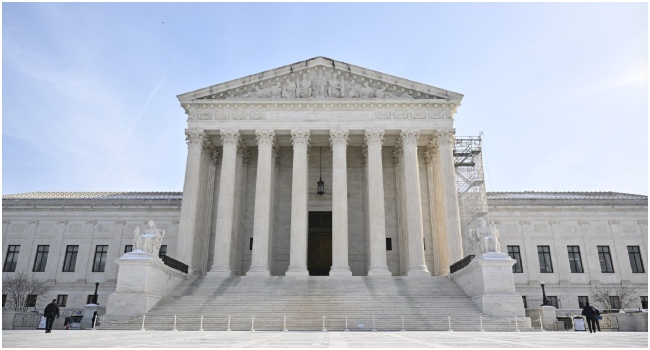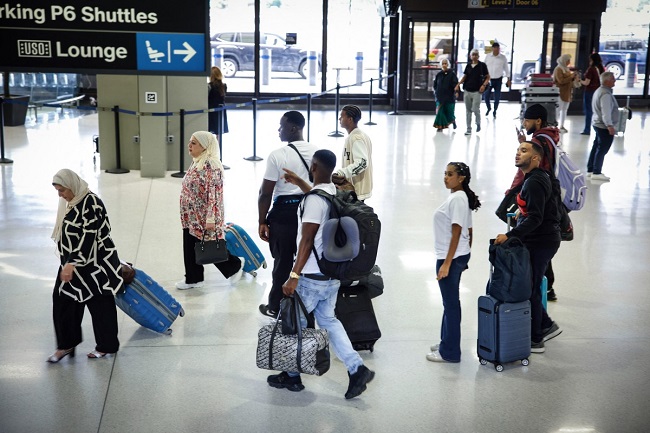The United States Supreme Court has removed a key legal barrier that allows former President Donald Trump to move forward with plans to significantly reduce the size of the federal workforce.
In an unsigned ruling issued Tuesday, the court lifted a previous block by a lower court, effectively opening the door for potential mass layoffs of federal employees. The decision stems from an earlier lawsuit filed by labor unions and civil society organizations who argued that Trump’s executive actions to dismiss workers and restructure federal agencies required approval from Congress.
The legal challenge had resulted in a temporary pause in May, when District Judge Susan Illston ruled that such sweeping changes could not proceed without legislative backing. However, the Supreme Court’s latest decision sides with the federal government’s argument that the executive branch has sufficient authority to move forward under current law.
Upon returning to office in January, President Trump directed agencies to begin drafting large-scale staff reduction plans, framing the move as part of a broader campaign to overhaul what he has described as a bloated and inefficient bureaucracy. The directive, issued in a February 11 executive order, called for a dramatic reorganization of the federal system, instructing agencies to retain only personnel classified as essential.
This initiative has been driven by the Department of Government Efficiency, which under Trump’s administration was headed by tech billionaire Elon Musk. The proposed restructuring includes plans to eliminate departments like the U.S. Agency for International Development (USAID), reduce funding for diversity and inclusion programs, and streamline or dissolve several other federal programs.
Although the Supreme Court permitted Trump’s executive order to move forward, it clarified that the legality of individual agency reorganization efforts remains unresolved. Justice Sonia Sotomayor, writing in concurrence, emphasized that while the stay removes the pause on implementation, specific agency actions could still face legal scrutiny in the future.
Justice Ketanji Brown Jackson, the court’s only dissenter in the 8–1 ruling, criticized the decision sharply. She warned that bypassing Congress to enforce such sweeping reforms poses serious constitutional risks, stating that previous presidents had always sought legislative approval for similar changes.
“For some reason, this Court sees fit to step in now and release the President’s wrecking ball at the outset of this litigation,” Jackson wrote. “While Presidents possess some discretion to reduce federal employment, they may not fundamentally restructure the Federal Government all on their own.”
Trump’s plans, which may affect tens of thousands of public servants, have already sparked major concerns across Washington, with critics warning that the move could upend essential services, weaken institutional checks, and politicize federal roles.





